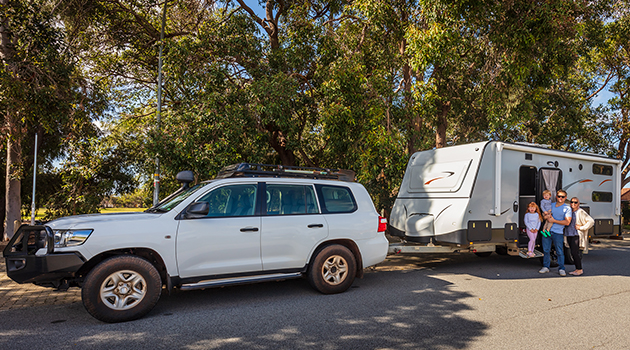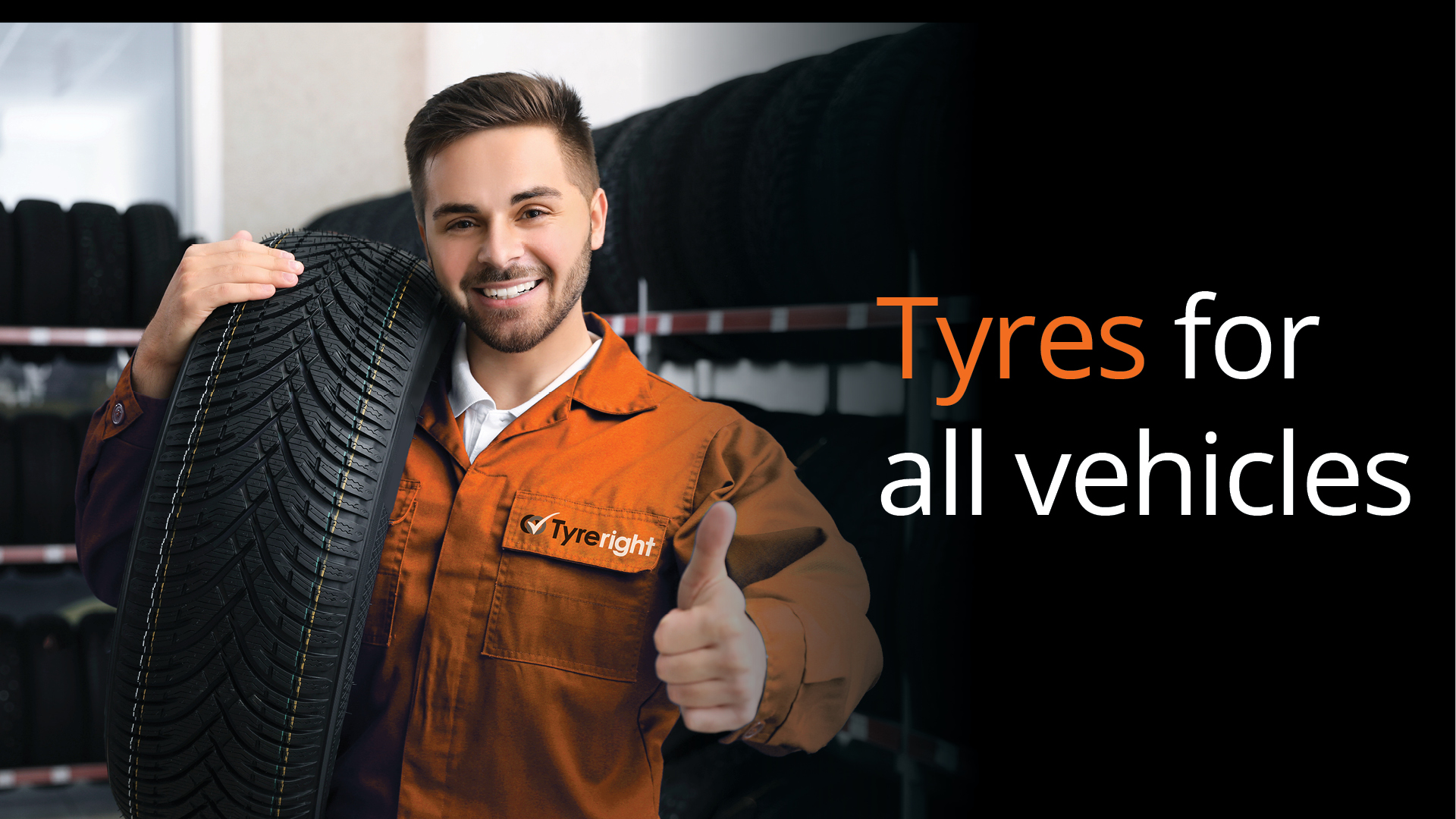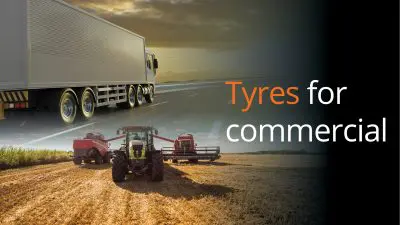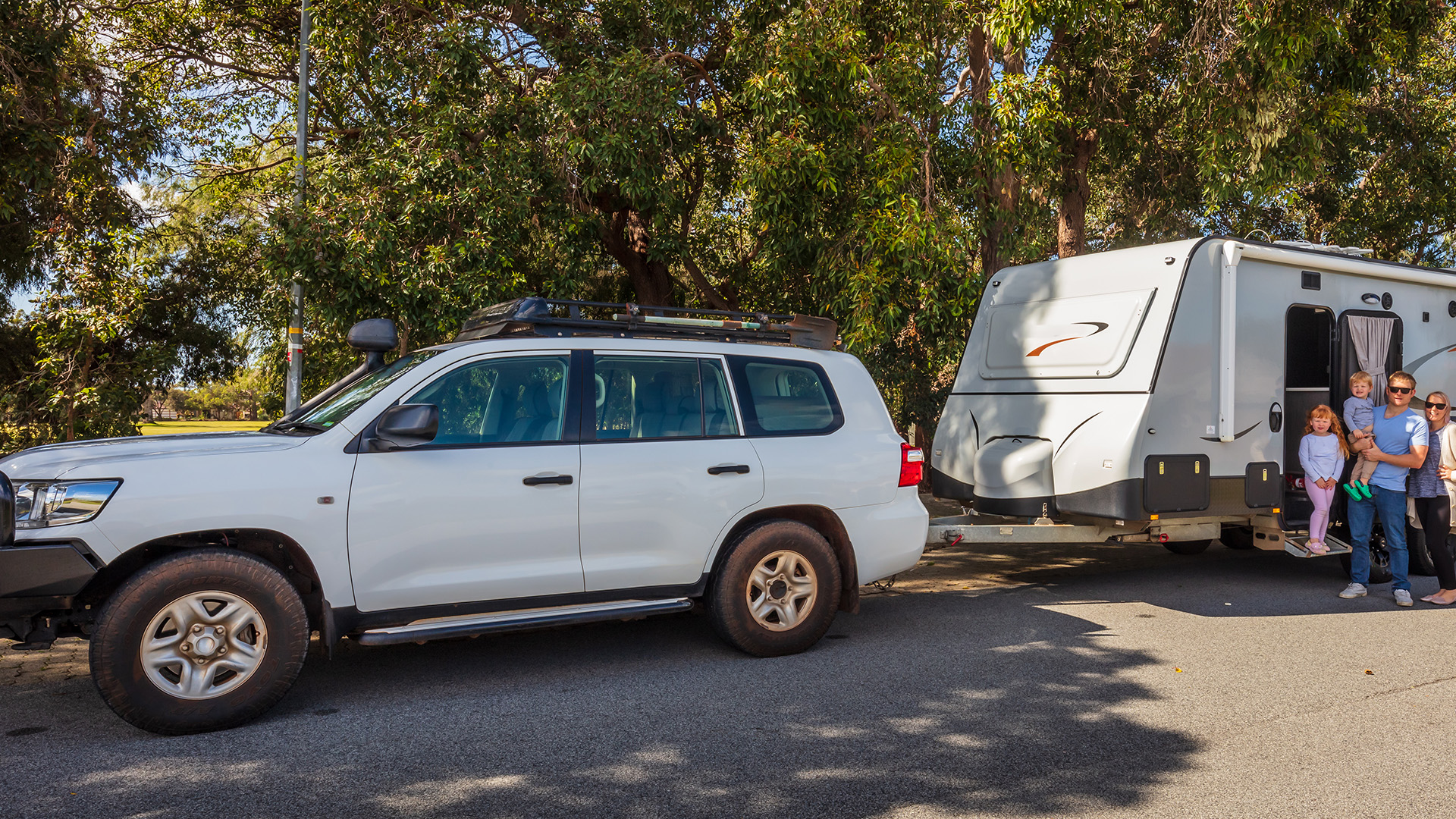
Did you know the secret to a smooth and safe driving experience is tyre traction?
Simply put, tyre traction is the grip or adhesion that a tyre has to the road surface. It keeps your vehicle securely connected to the road surface, giving you the stability needed for smooth handling, responsive steering, and controlled braking, especially under various road and weather conditions.
When a tyre rolls on the road, it creates what we call a ‘contact patch’ – the section of the tyre that is touching the road surface. The friction generated at this contact patch allows you to accelerate, brake, corner, and do sudden manoeuvers with control and precision.
It only makes sense then that the size, shape, tread pattern, and composition of this contact patch influences your tyre traction and how your vehicle handles on the road.
Let’s take a closer look at some of the physical factors in tyre traction:
Tread Patterns:
The design and pattern of tyre treads are not decorative they play a significant role in determining traction.
Tread patterns channel water away from the contact patch, reducing the chance of skidding, sliding, and hydroplaning on wet roads. Some patterns reduce noise as you drive, improve ride comfort, and create less rolling resistance, which means less fuel consumption. Others provide additional edges that grip the road, improving traction on dry surfaces.
Tyre Composition:
Tyres are made from a range of rubber compounds, chemicals, and construction components.
The type of rubber used affects its traction. Softer rubber compounds can provide a better grip on dry roads because they mould themselves to the road surface and create a larger contact area. Combining various types of rubber, and incorporating additives like carbon black, can enhance wear resistance and grip by increasing the surface area of the rubber particles.
Tyre Pressure:
The size of the contact patch is directly affected by how much air is in the tyre.
Underinflated tyres usually have a smaller contact patch because the centre of the tread bulges upward. On the other hand, overinflation can cause the centre of the tread to bear most of the load and decrease the grip on the edges. In both cases, the reduced contact patch results in fewer points of contact with the road, leading to less traction and grip.
Road Conditions:
The condition of the road also plays a significant role in tyre traction. Rain, ice, or snow can form a barrier between the tyres and the road, so they struggle to get a grip. Similarly, roads with loose gravel, sand, debris, or potholes create uneven and unstable surfaces which can cause tyres to momentarily lose contact with the road and make the vehicle less stable.
Weight Distribution:
The way the weight is distributed in a vehicle affects how much traction each tyre has.
Proper weight distribution ensures the right contact patch with the road, but uneven weight distribution can lead to some tyres having more grip than others, affecting the vehicle’s overall stability and handling.
Tyre Size and Width:
When choosing a tyre width and size you should consider how you intend to use your vehicle, your usual driving conditions, and manufacturer recommendations.
While wider tyres generally offer more contact area with the road, potentially providing better traction on dry surfaces and when cornering, they may have slightly higher rolling resistance, which can impact fuel efficiency and overall performance.
Choosing the Right Tyres:
Tyre traction matters when it comes to driving safely. A lack of traction can result in loss of control, skidding, or sliding, leading to accidents. That’s why it’s crucial to choose the best tyres for traction considering your vehicle and driving conditions, but the choices can be mind-boggling.
One way to compare the tyre traction rating of various tyres is the Uniform Tyre Quality Grading System (UTQGS). It’s represented by one or two letters on your tyre sidewall; AA, A, B, and C. The best tyre traction rating is AA.
Traction rating is essential when matching tyres to your car. If your vehicle has a lot of grunt, you can have new tyres but still no traction in wet conditions because they can’t handle all that power. Your acceleration exceeds the available traction of the tyre.
New tyres breaking traction? See the experts for the right traction tyres.
Fortunately, the experts at Tyreright can help you strike a balance between performance, safety, practicality, and price, and assist you to make an informed decision about what is best for your driving needs.








